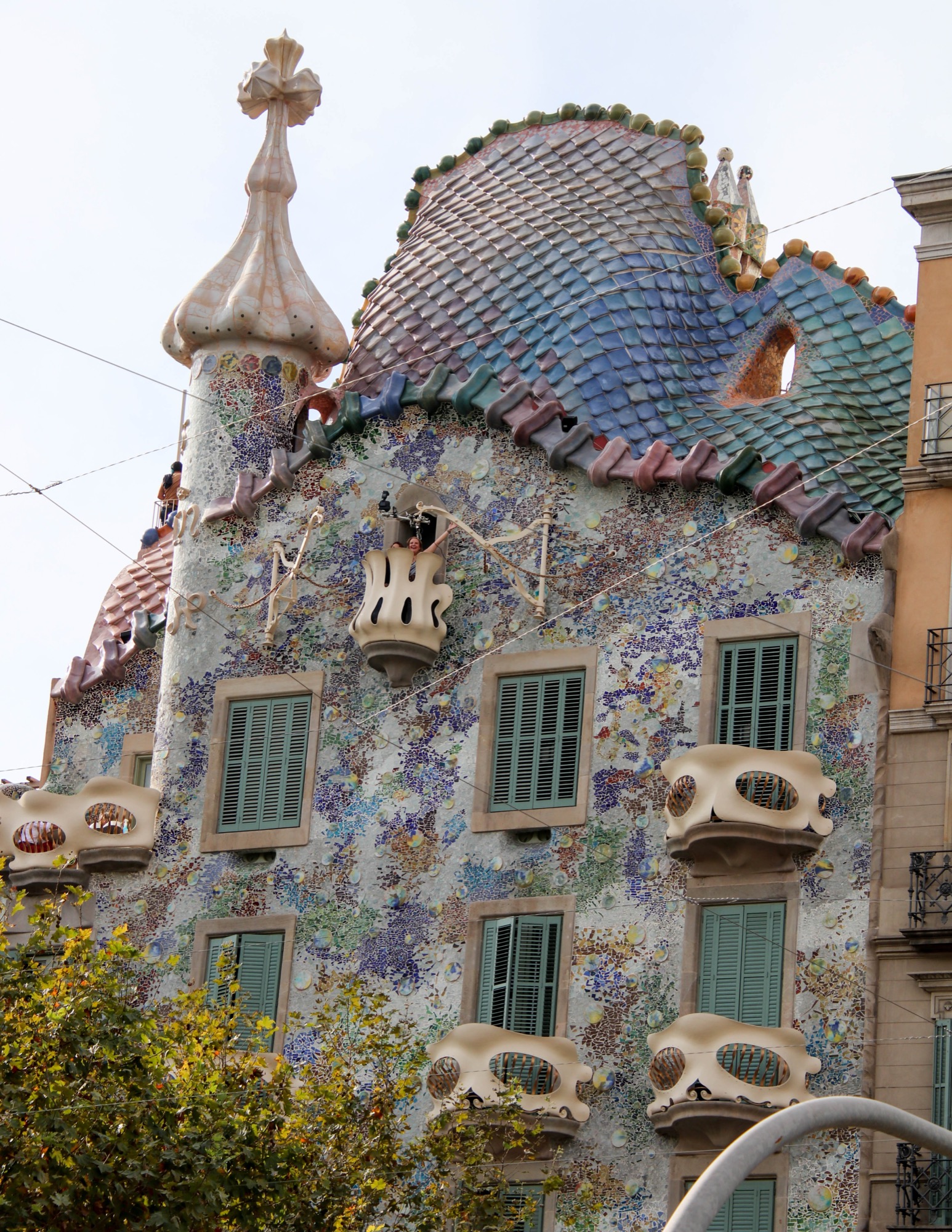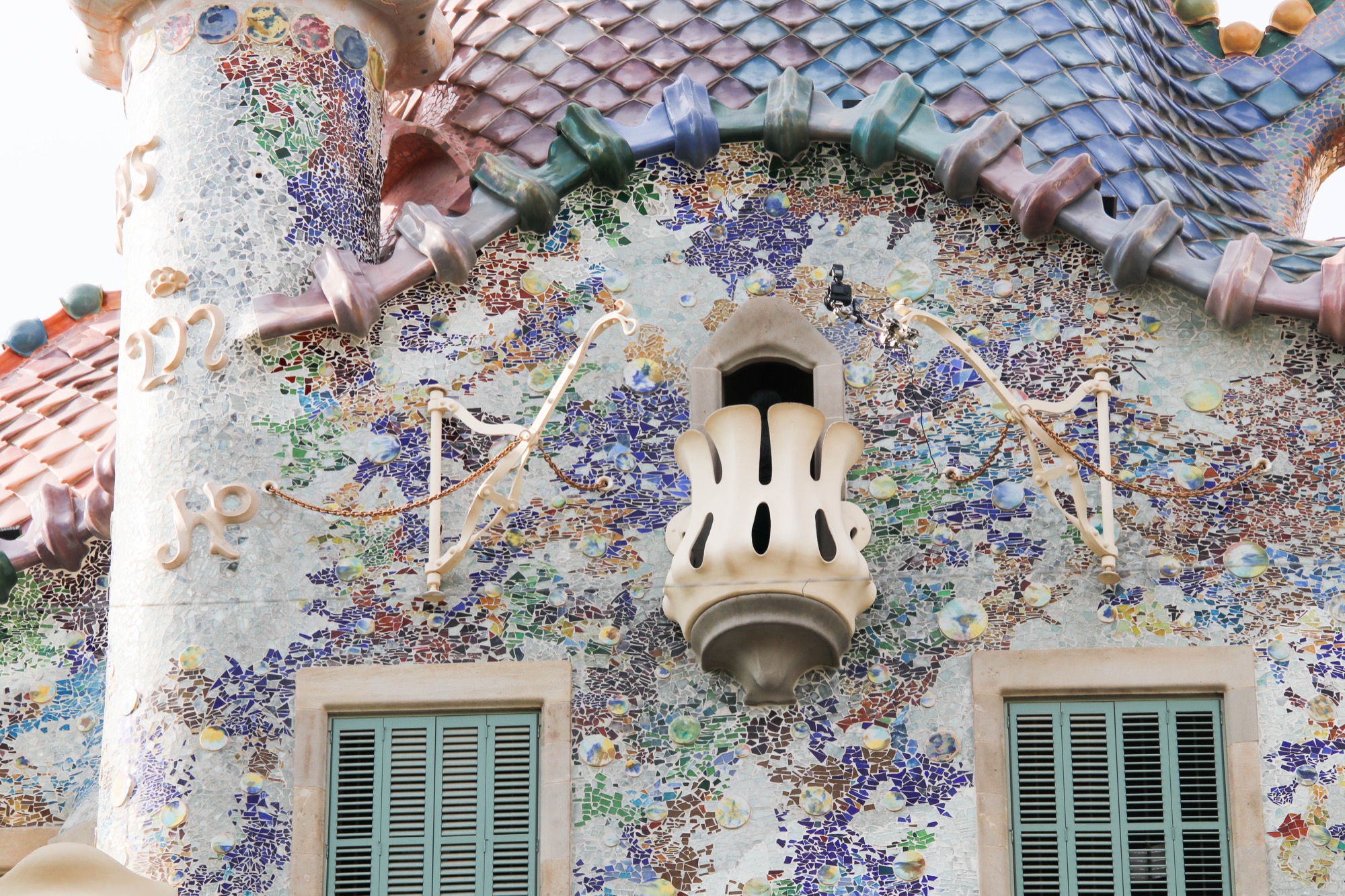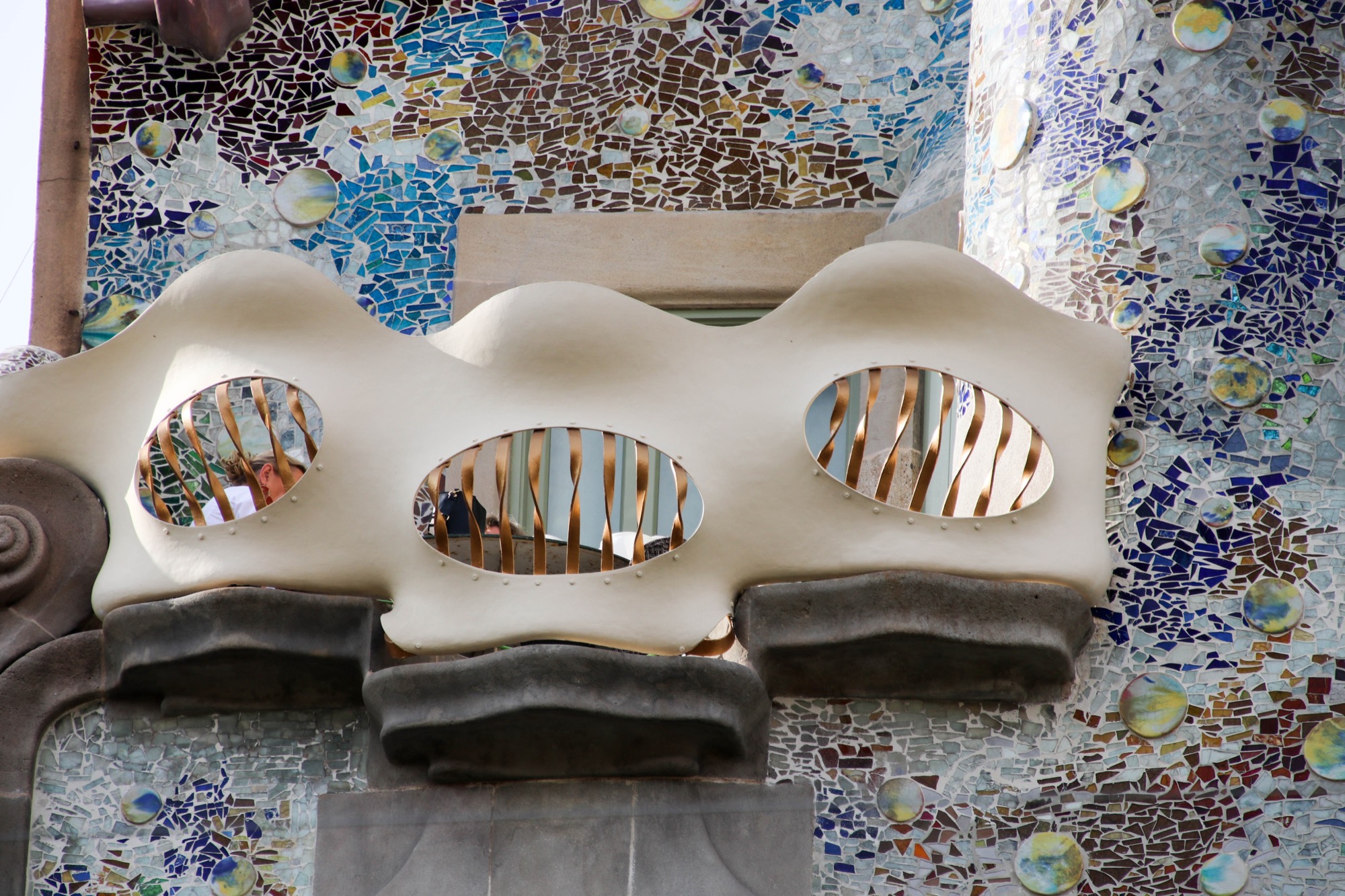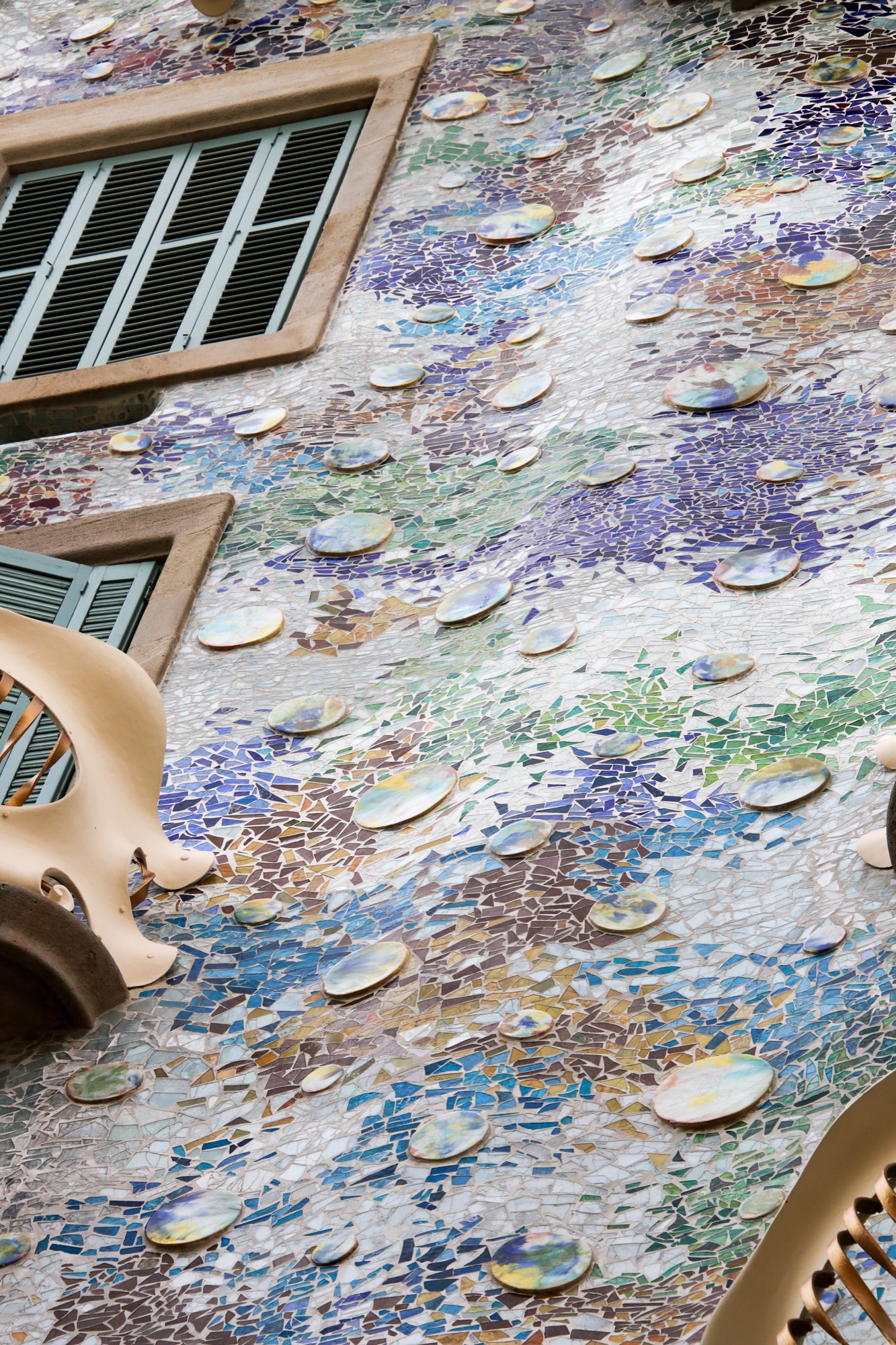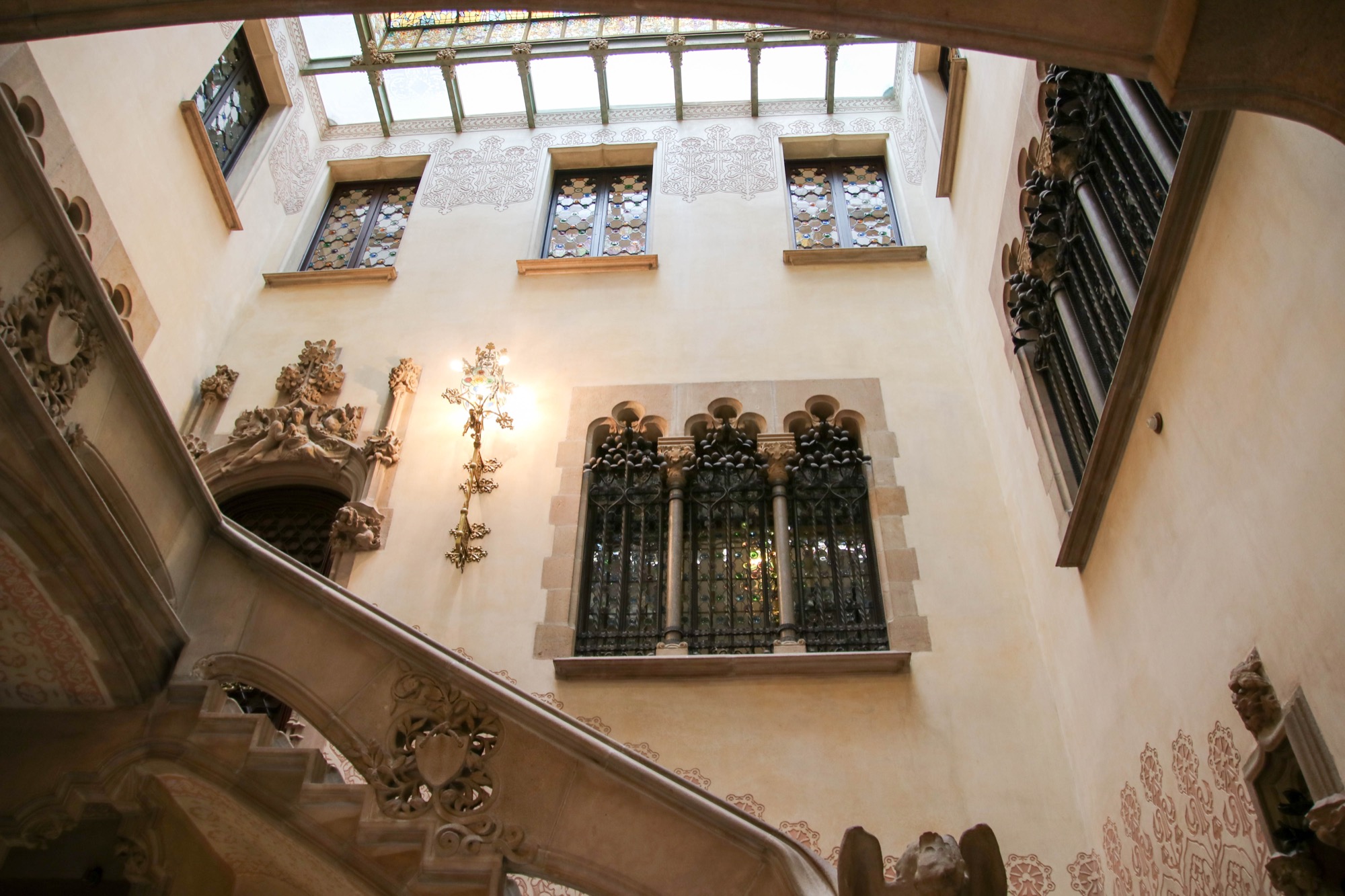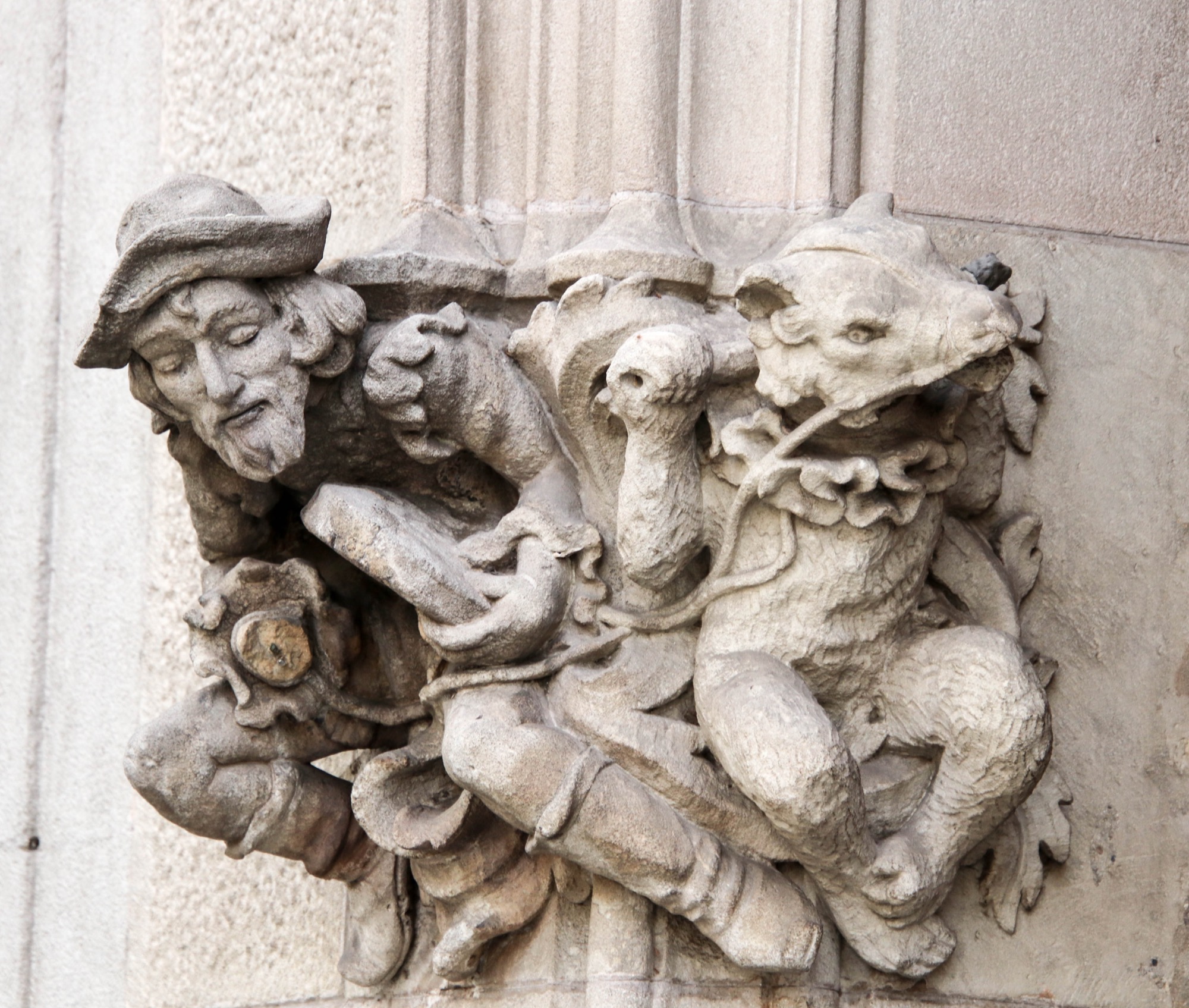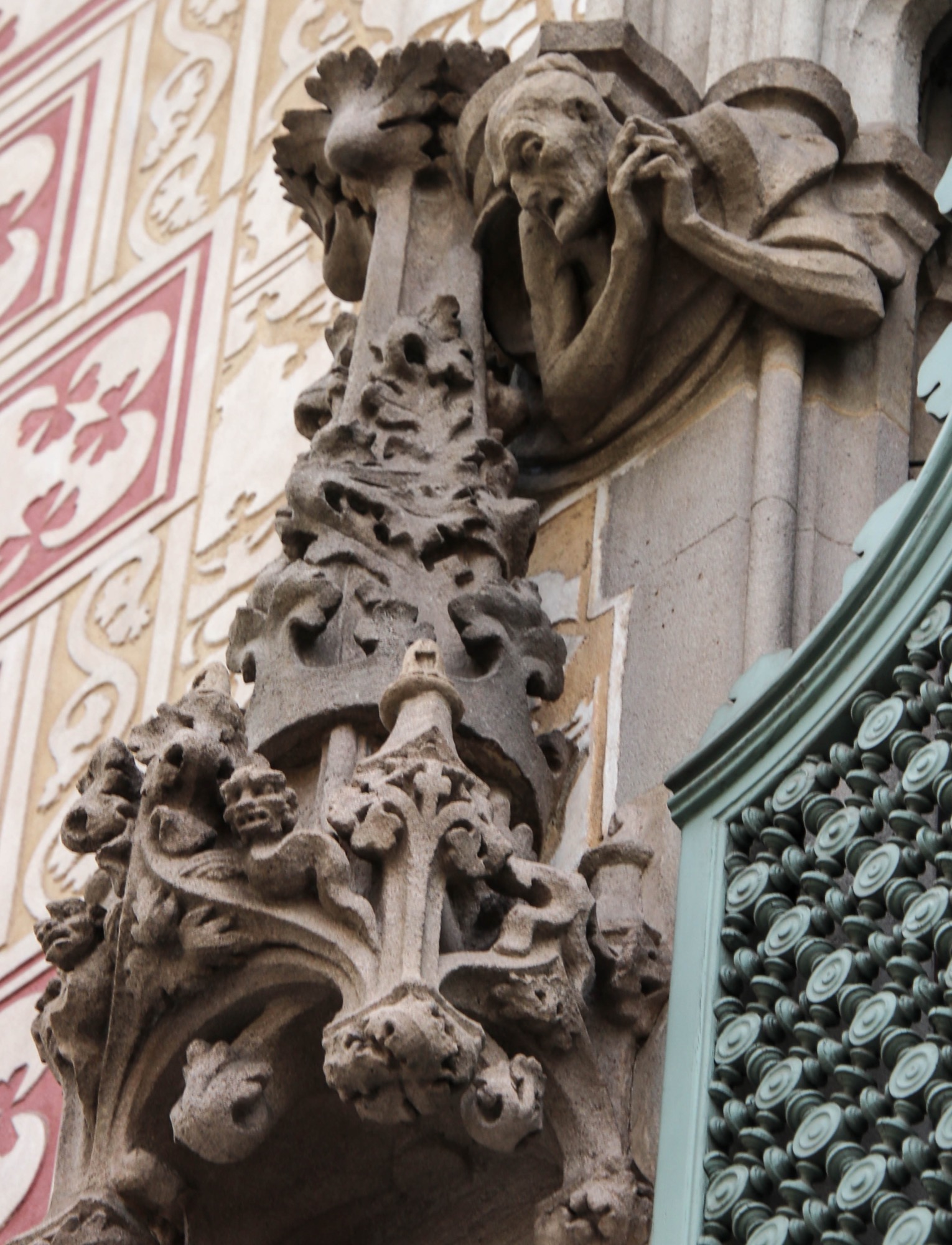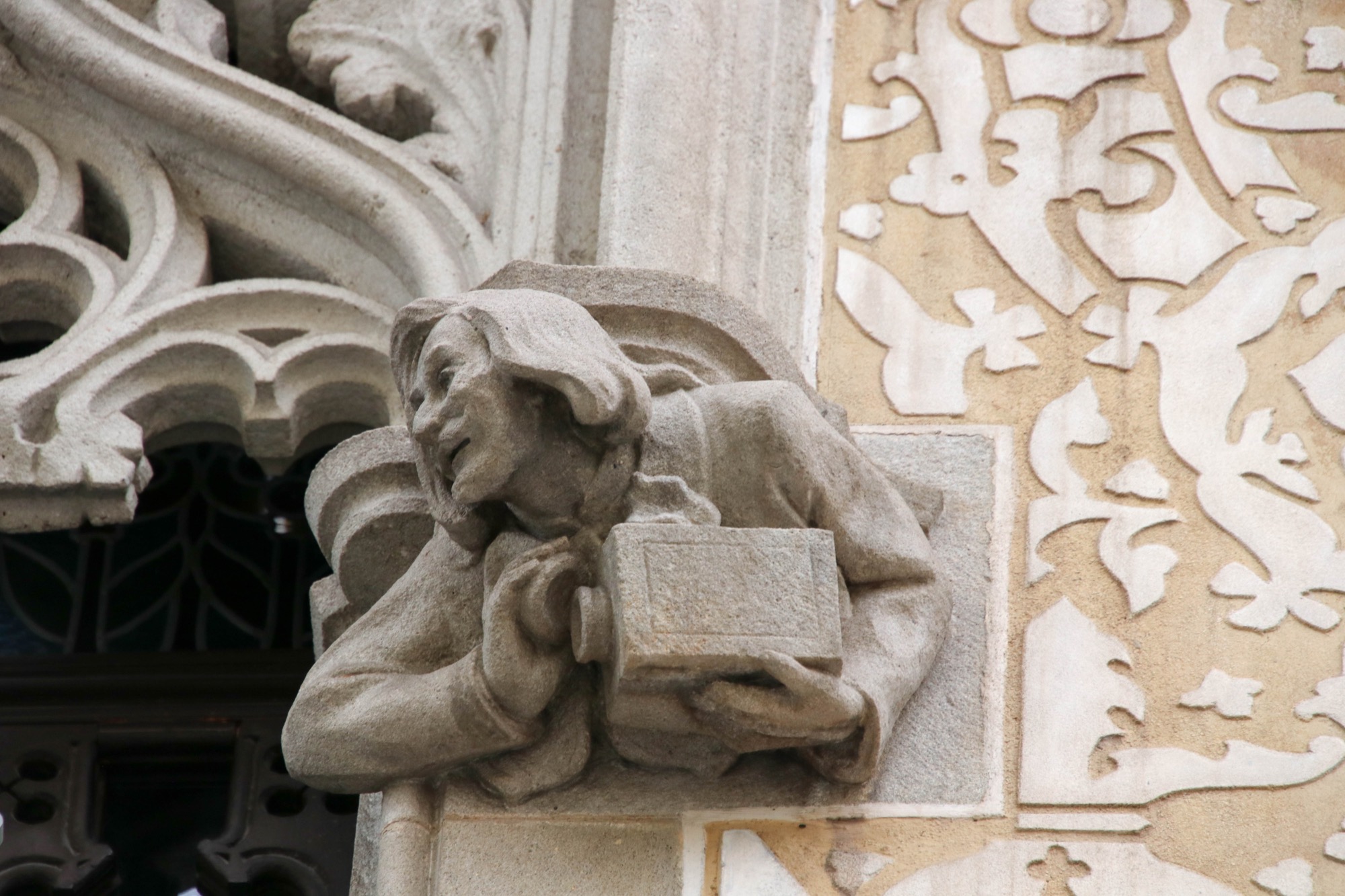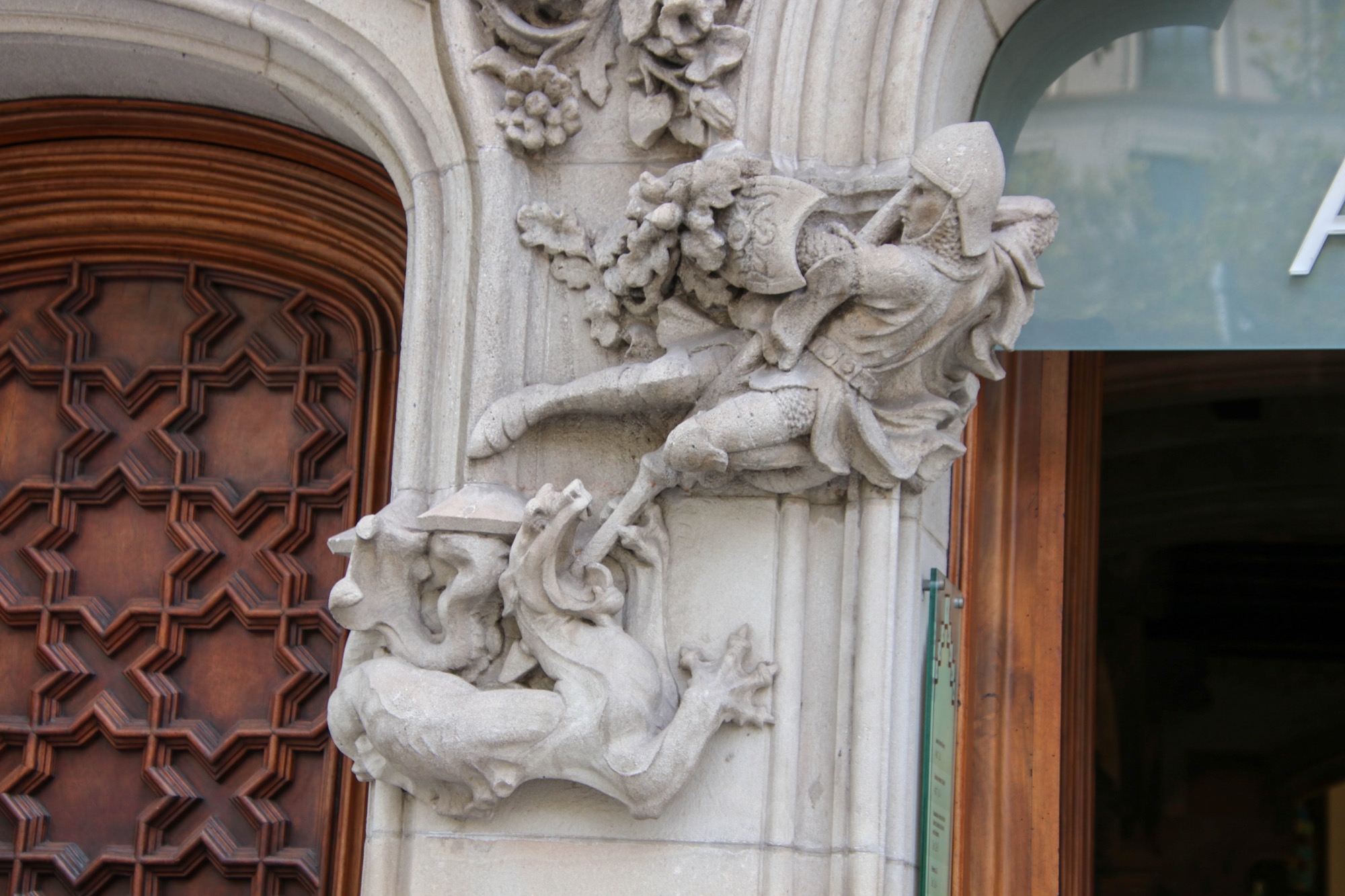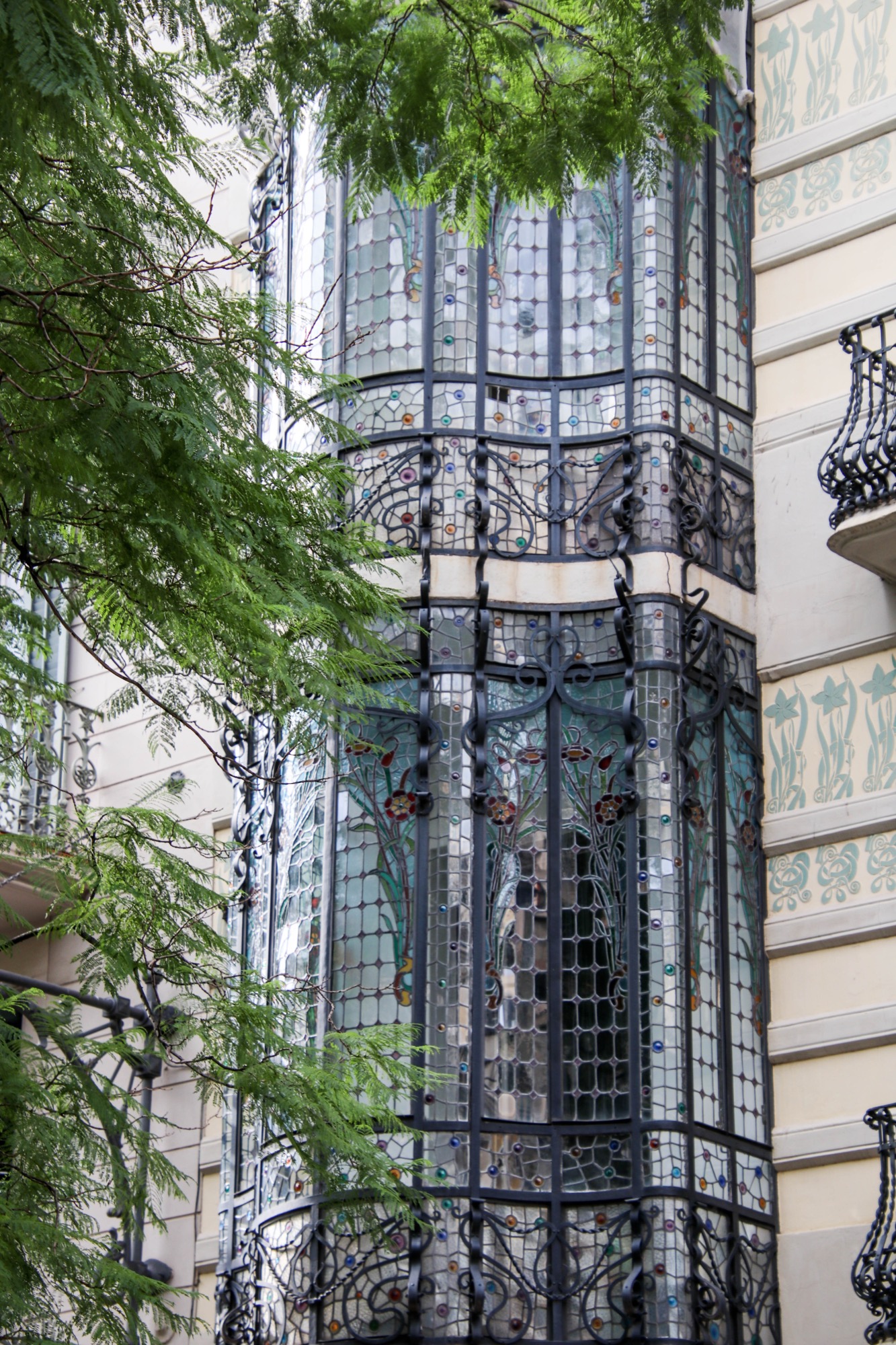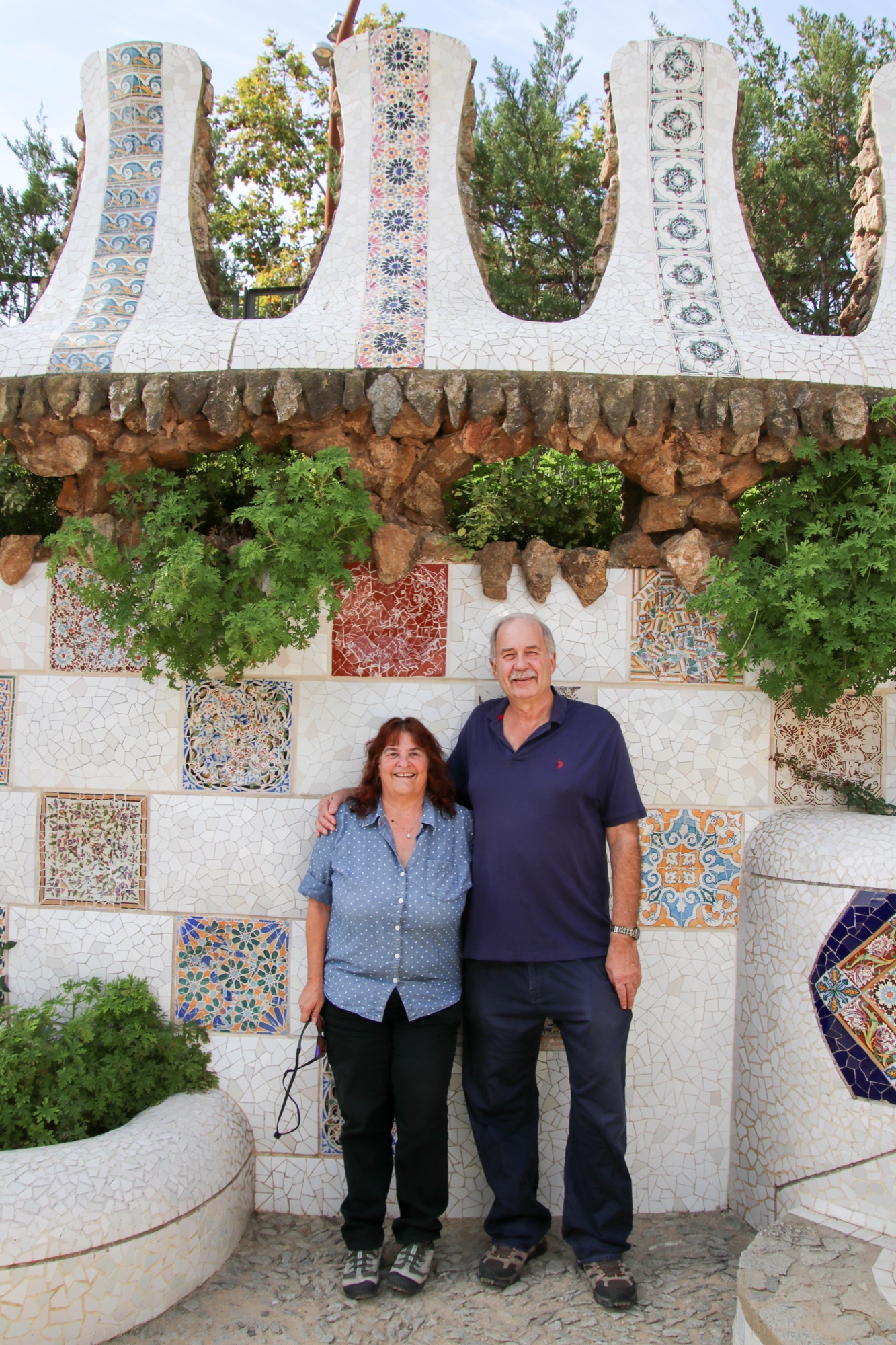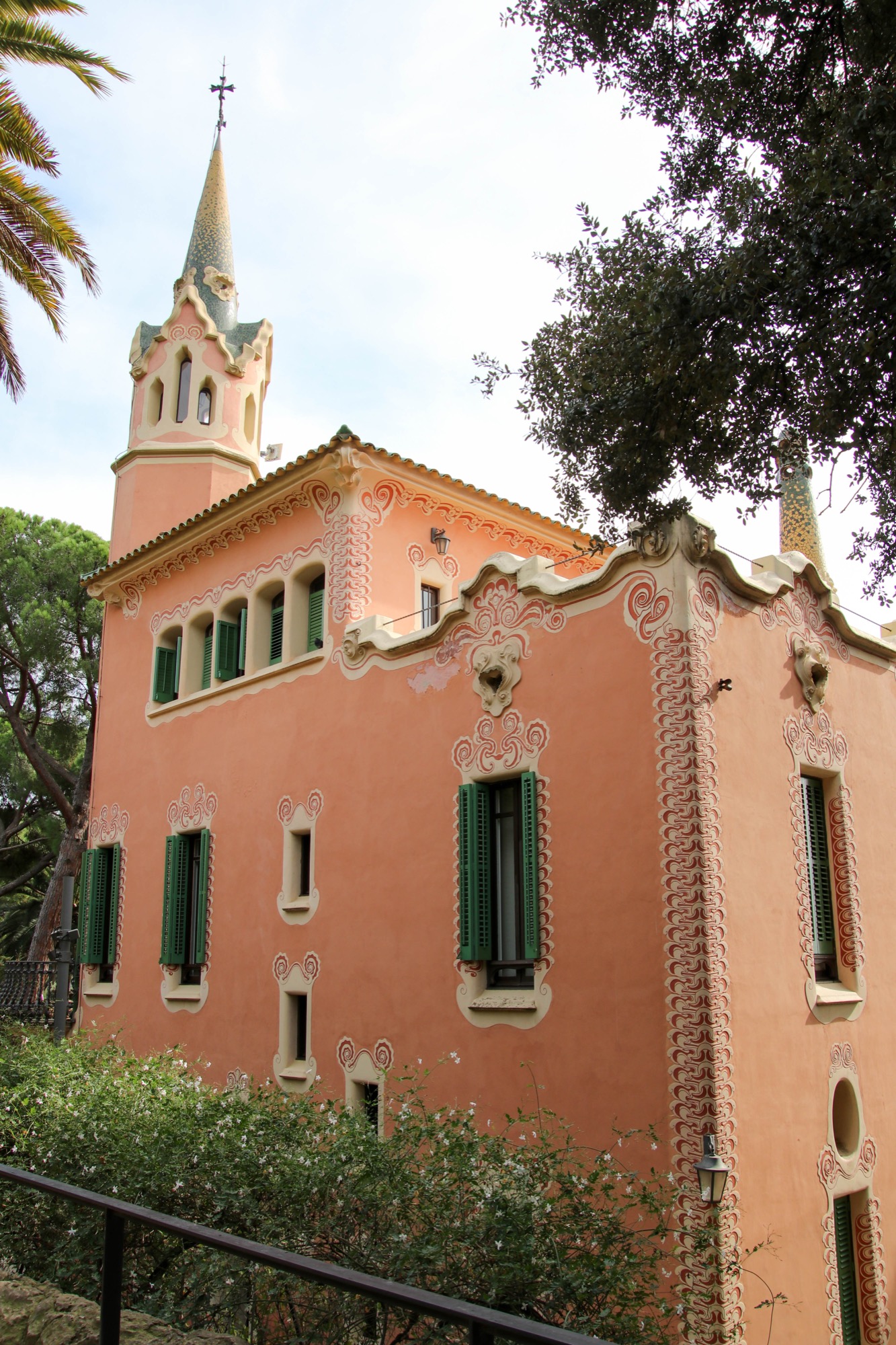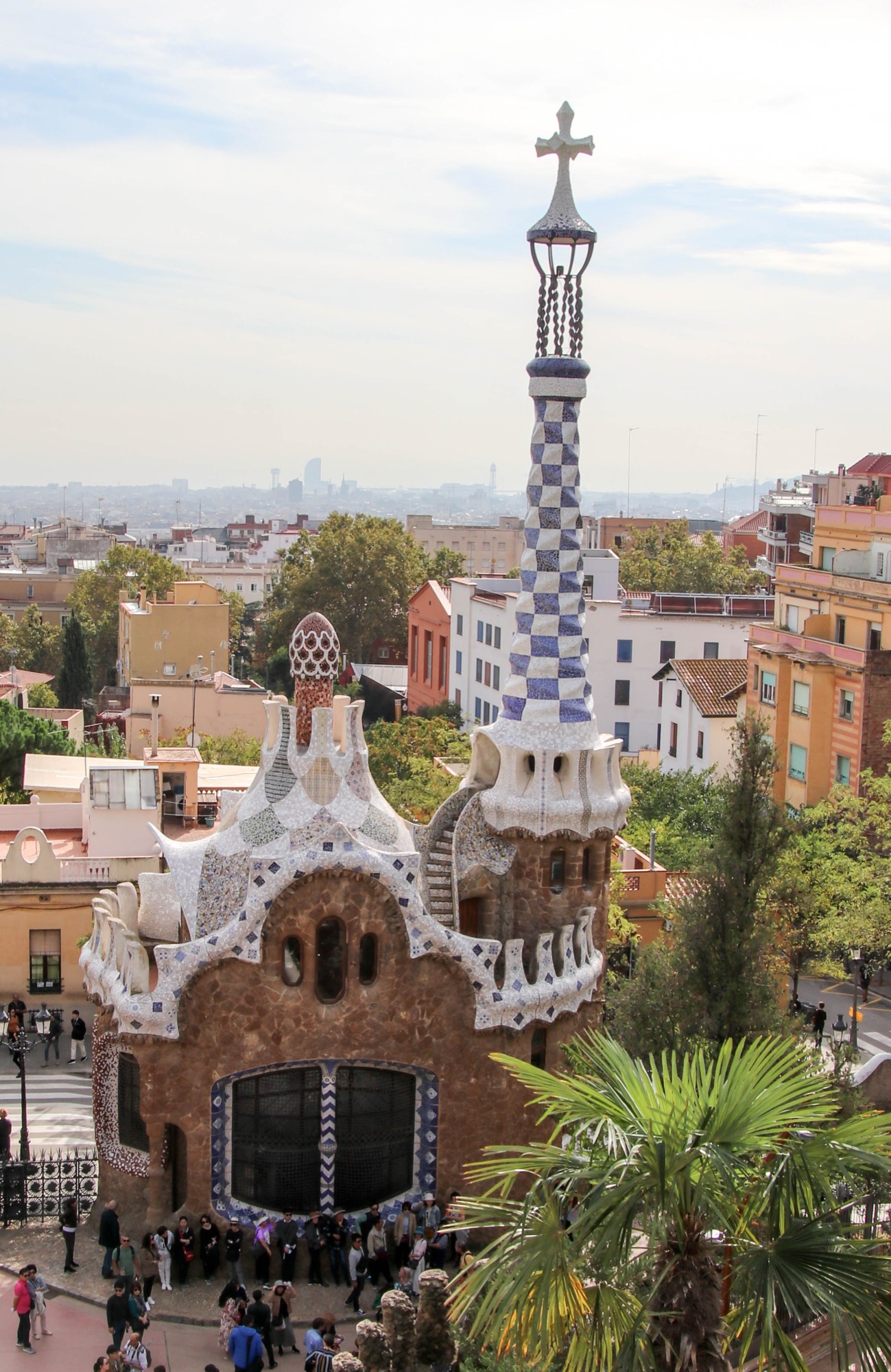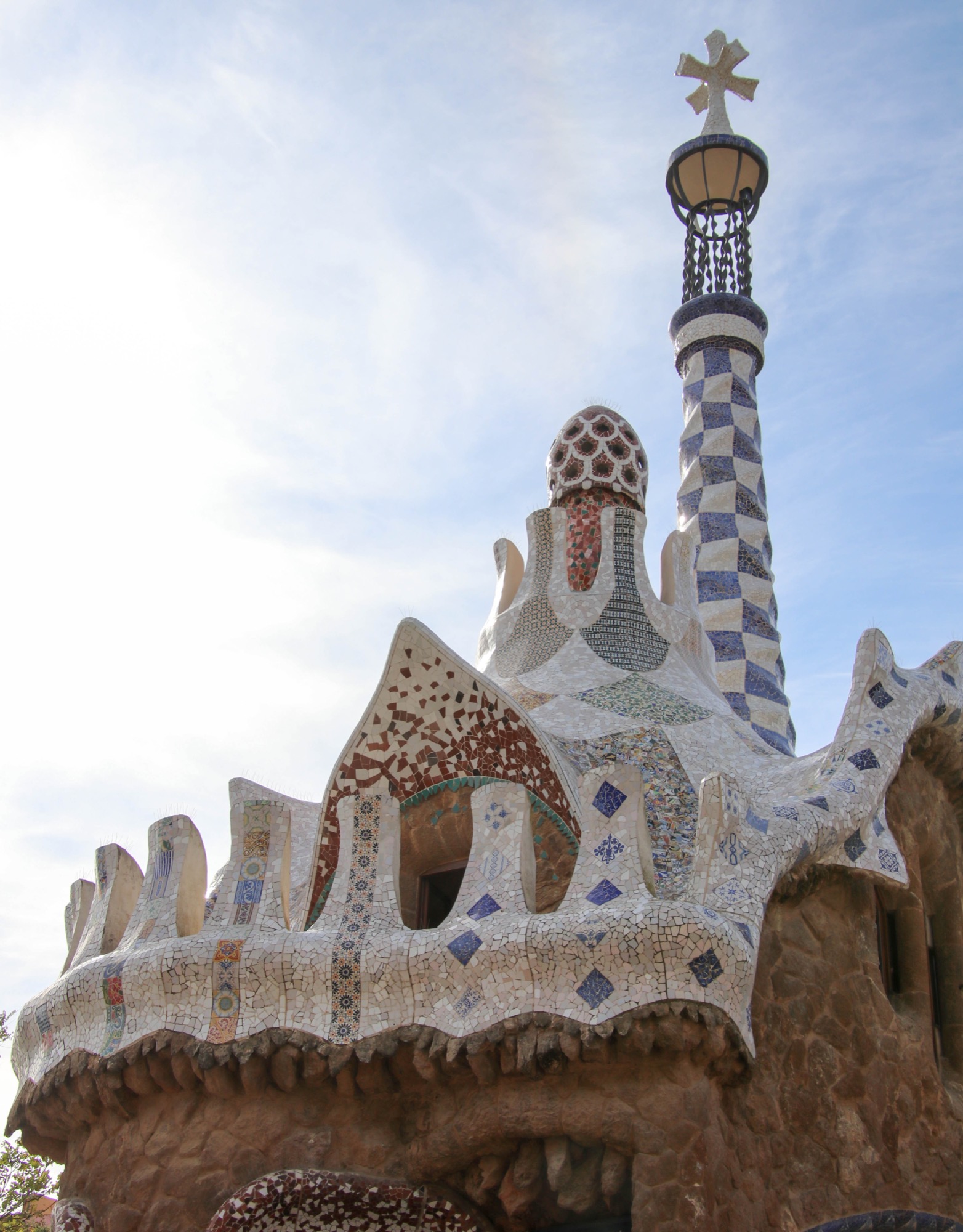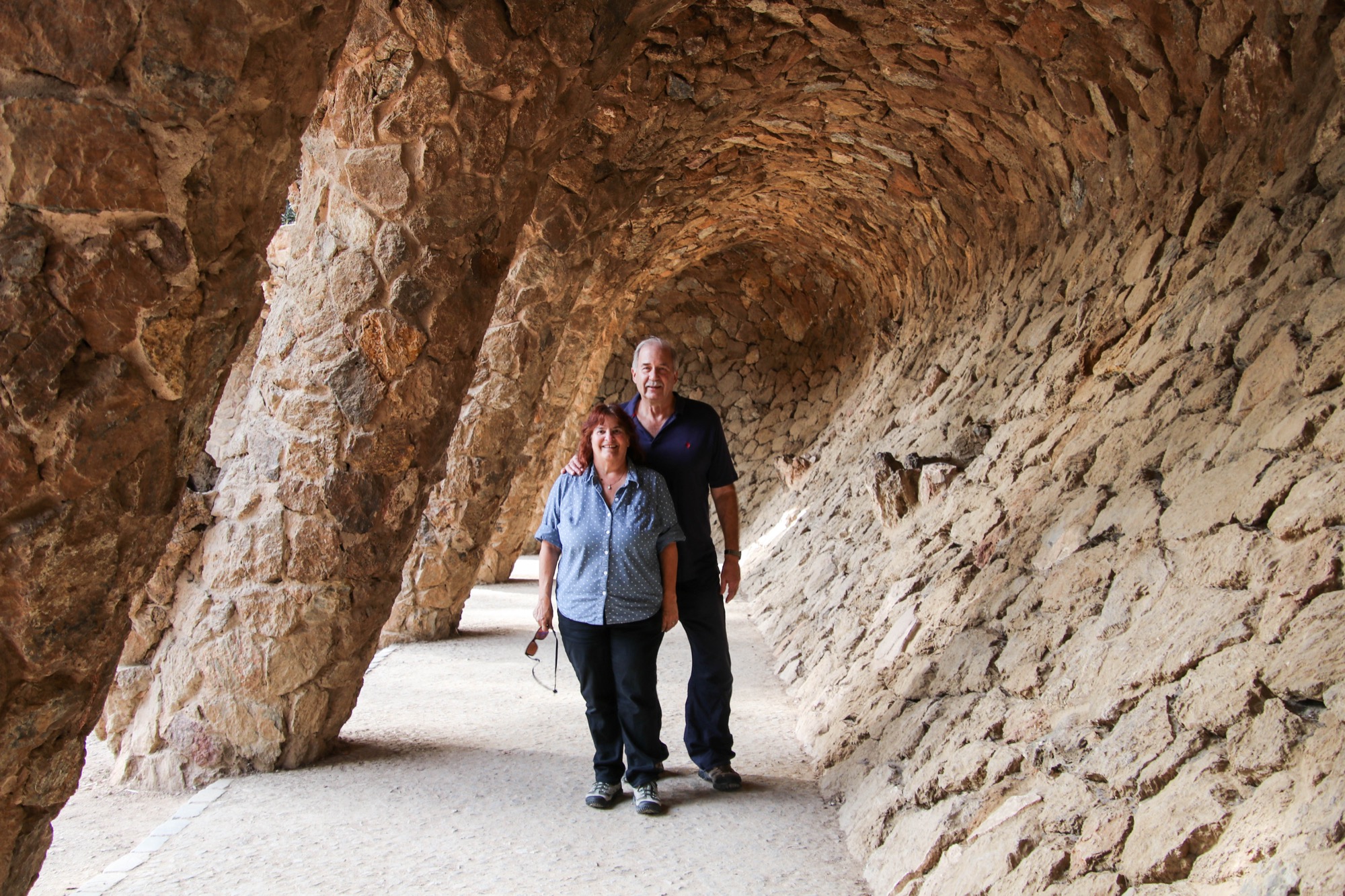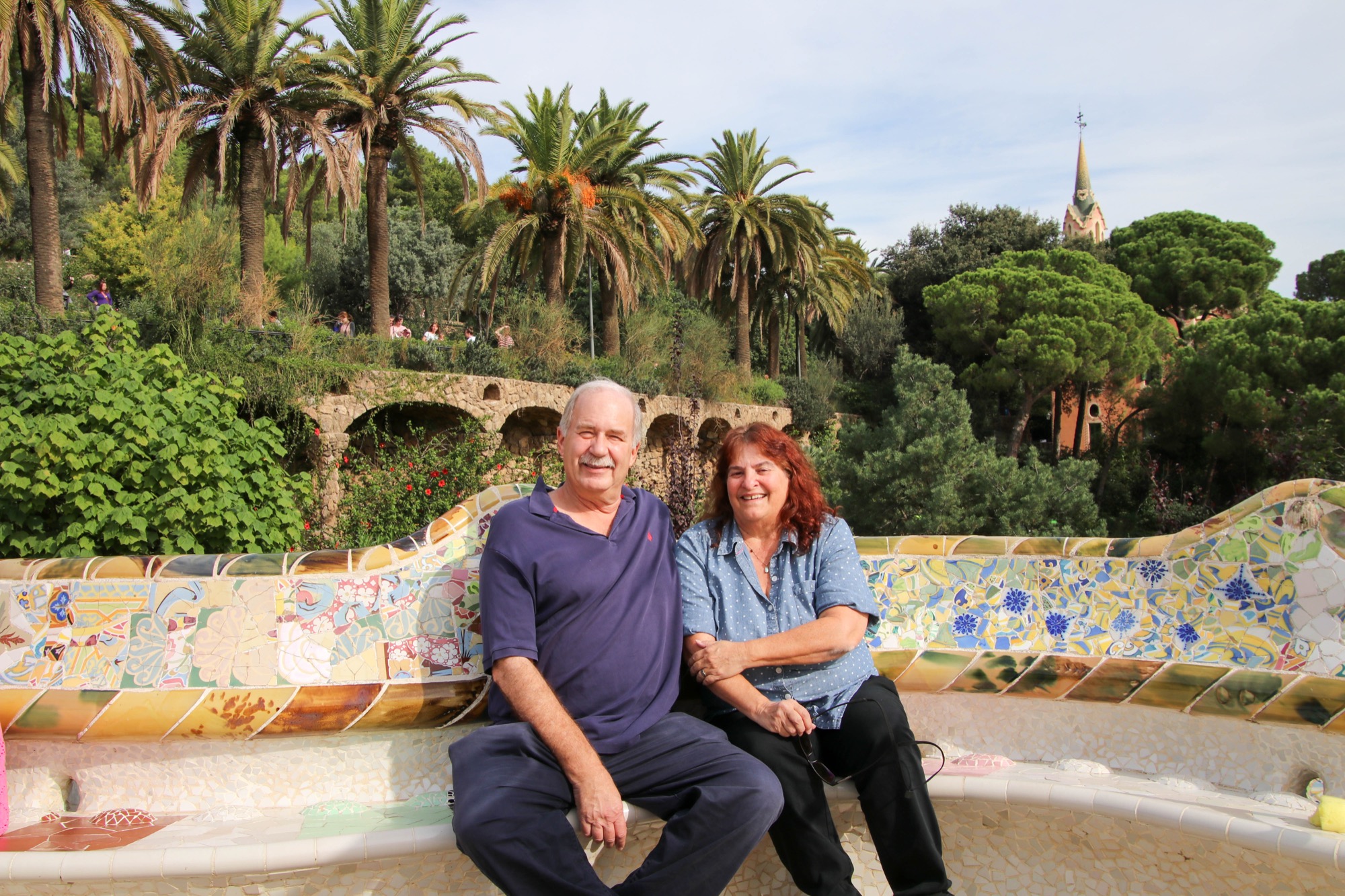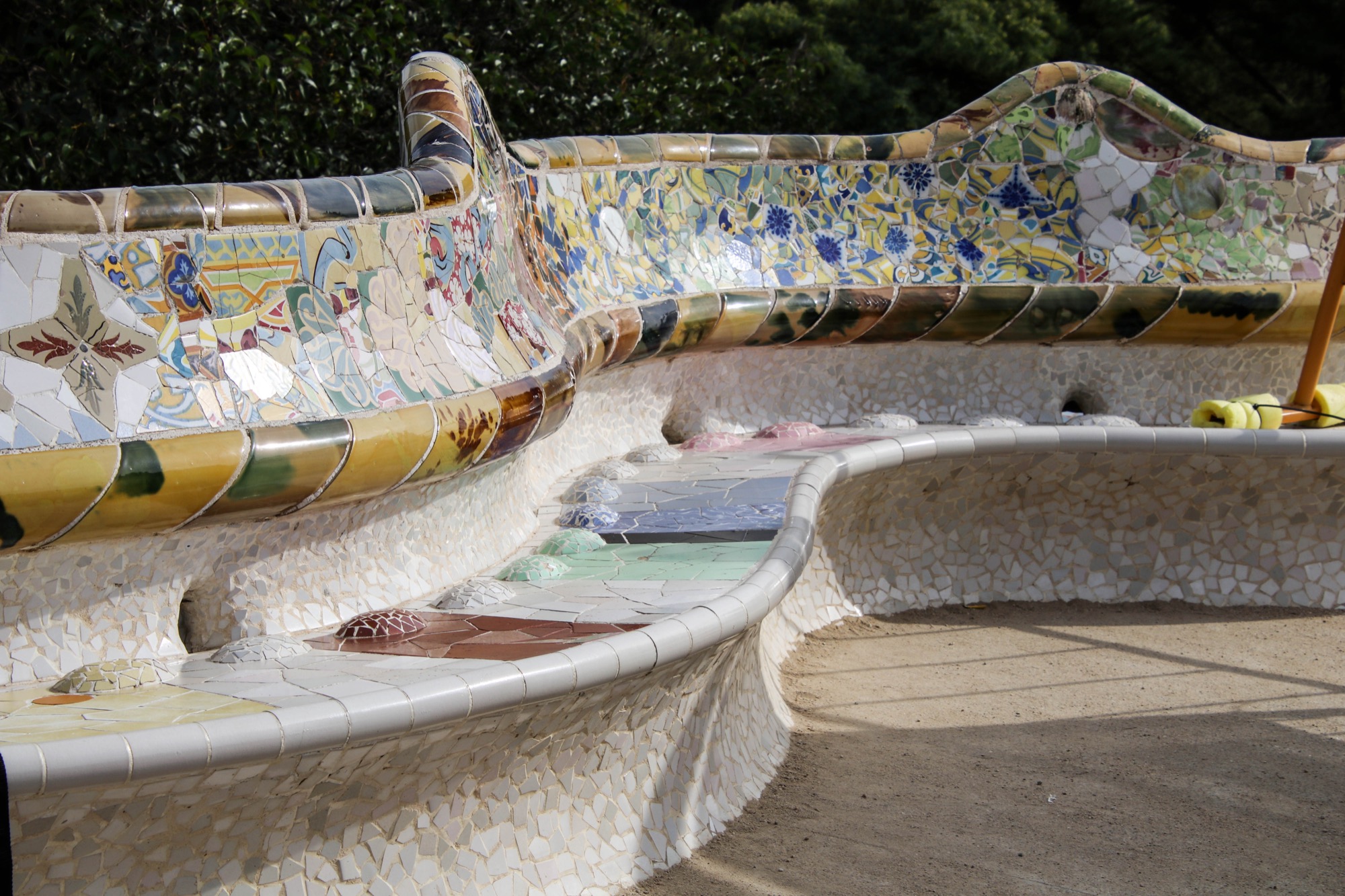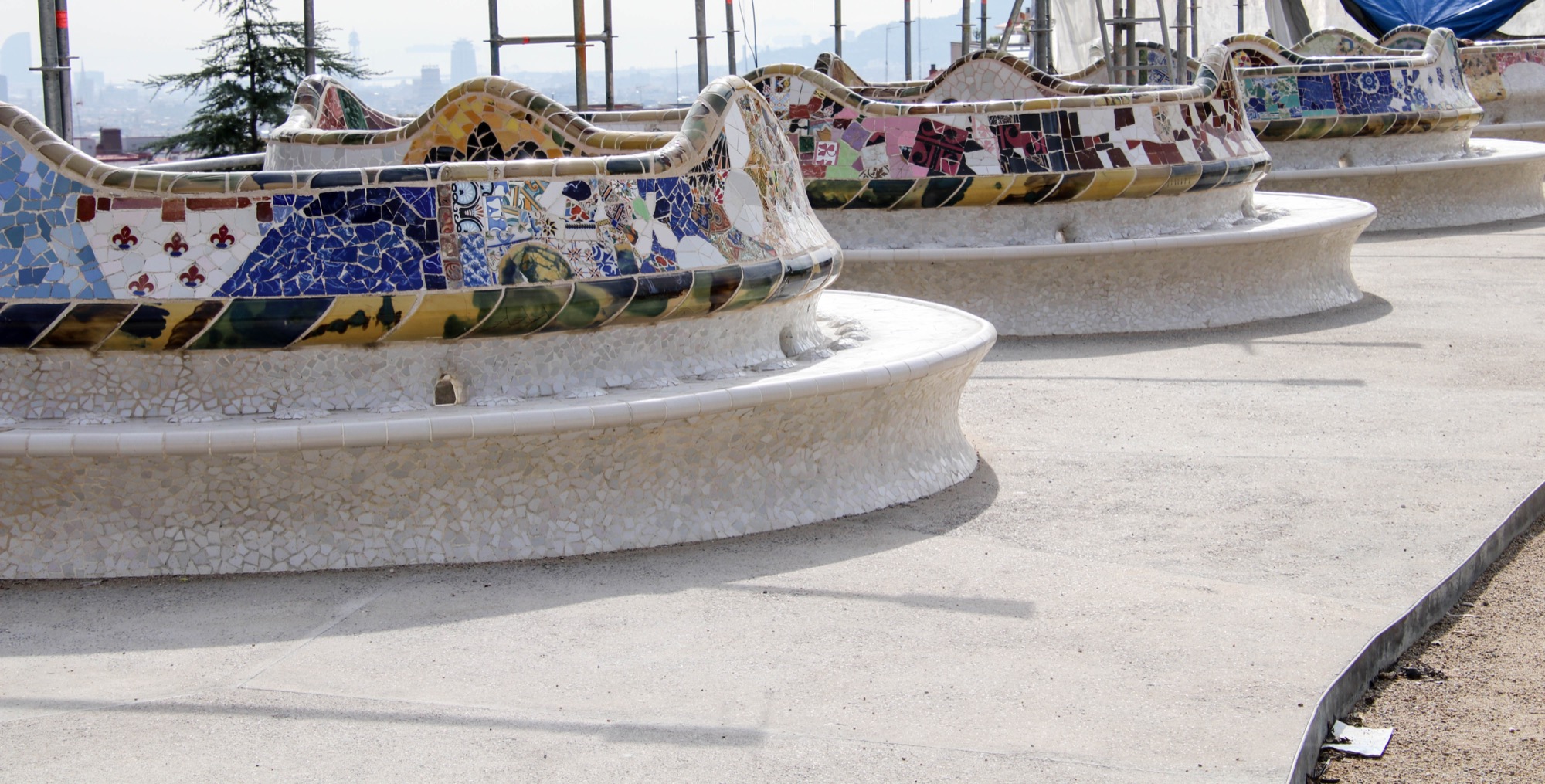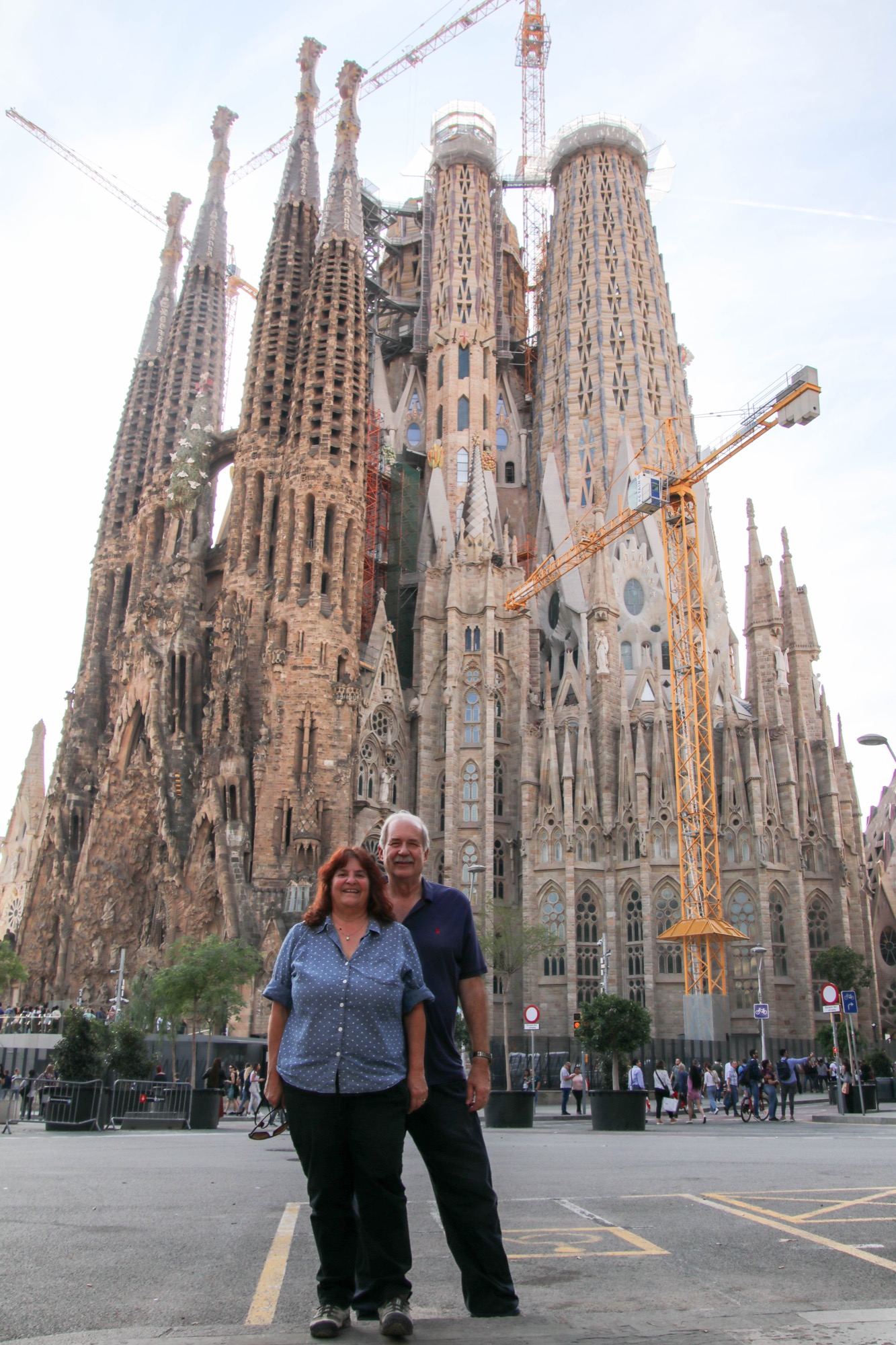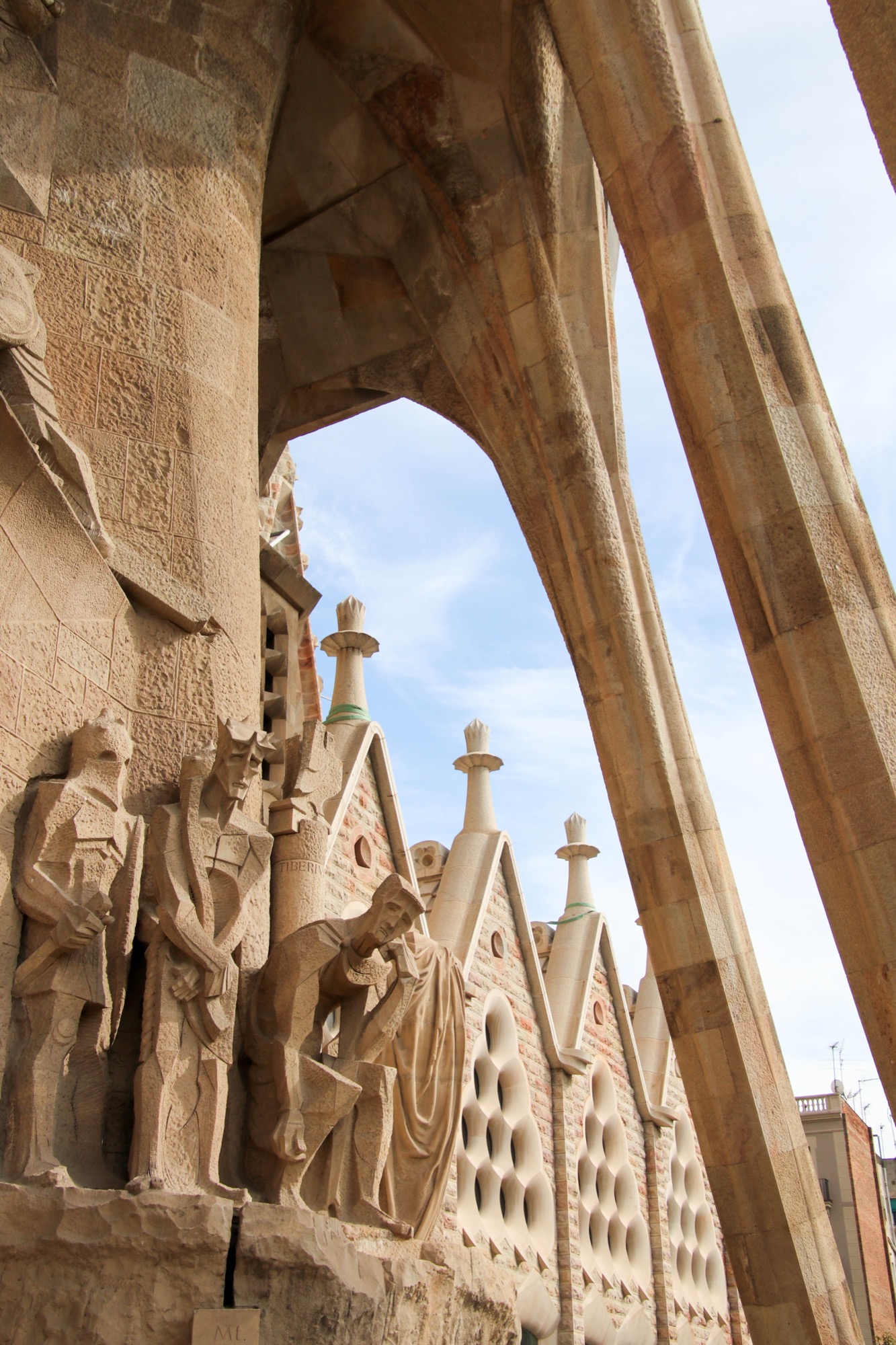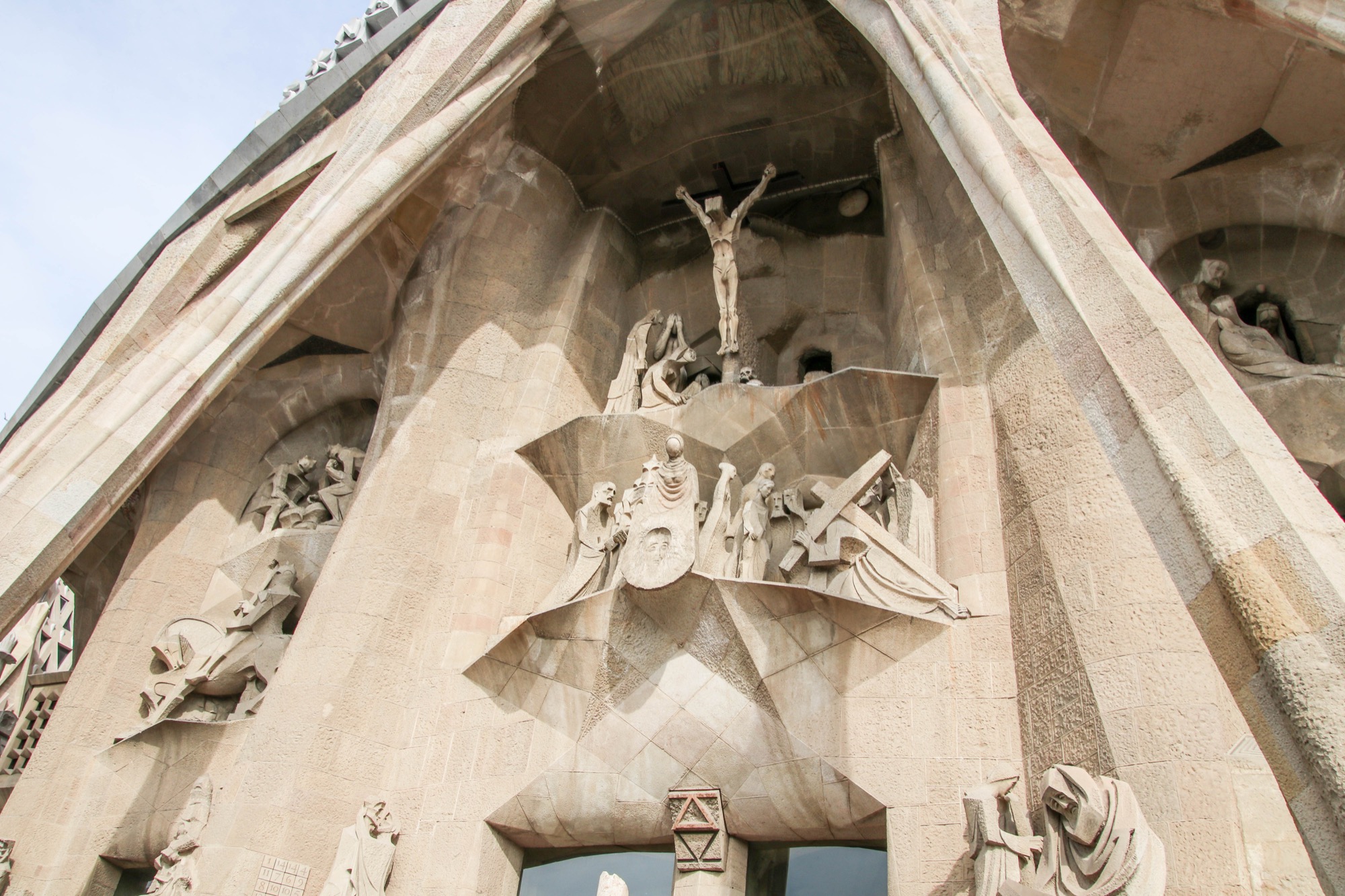Casa Mila
Casa Mila, which was designed by Antoni Gaudi, was one of the unique buildings we saw in Barcelona. This building, which was the last private residence designed by Gaudi, was constructed between 1906 and 1912 for Pere Mila and his wife Roser. The design of the building was said to be inspired by a mountain and it has been nicknamed "La Pedera" which means "the stone quarry."
The building, which incorporates a constant curve on both interior and exterior walls, is nine stories tall and was built around a central courtyard. The garage is in the basement and the owners lived in a flat on the main floor. The rest of the building had twenty flats of various sizes that were rented out. When the owner's wife, Roser, complained to Gaudi that there was no straight wall for her Steinway piano, Gaudi is said to have replied "So play the violin."
Floor tiles that were designed by Gaudi and used in this home, can now be found along pedestrian walkways on Paseo de Gracia, the street where this home is located. The tile, which has a raised design that represents the ocean and some of its animal and plant life, was installed along the walkways in 1997 as a tribute to Gaudi.



